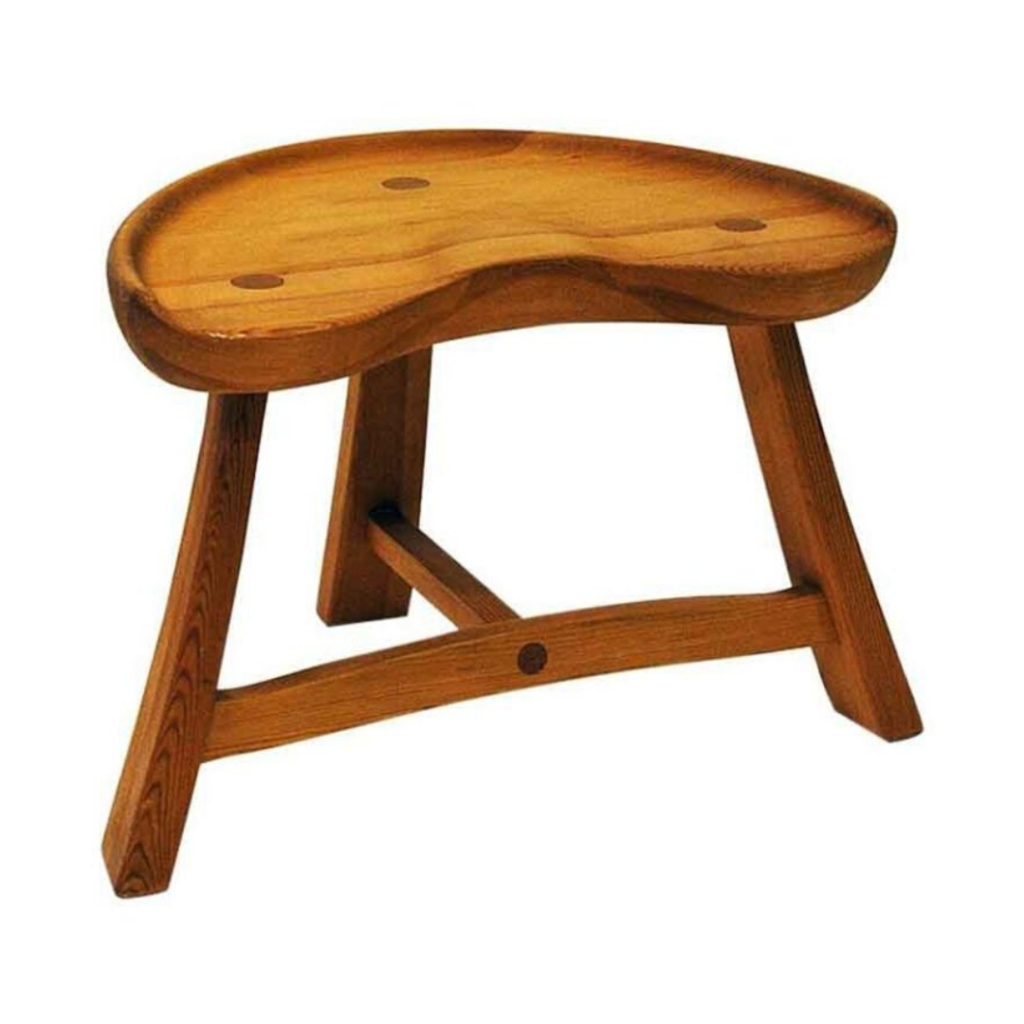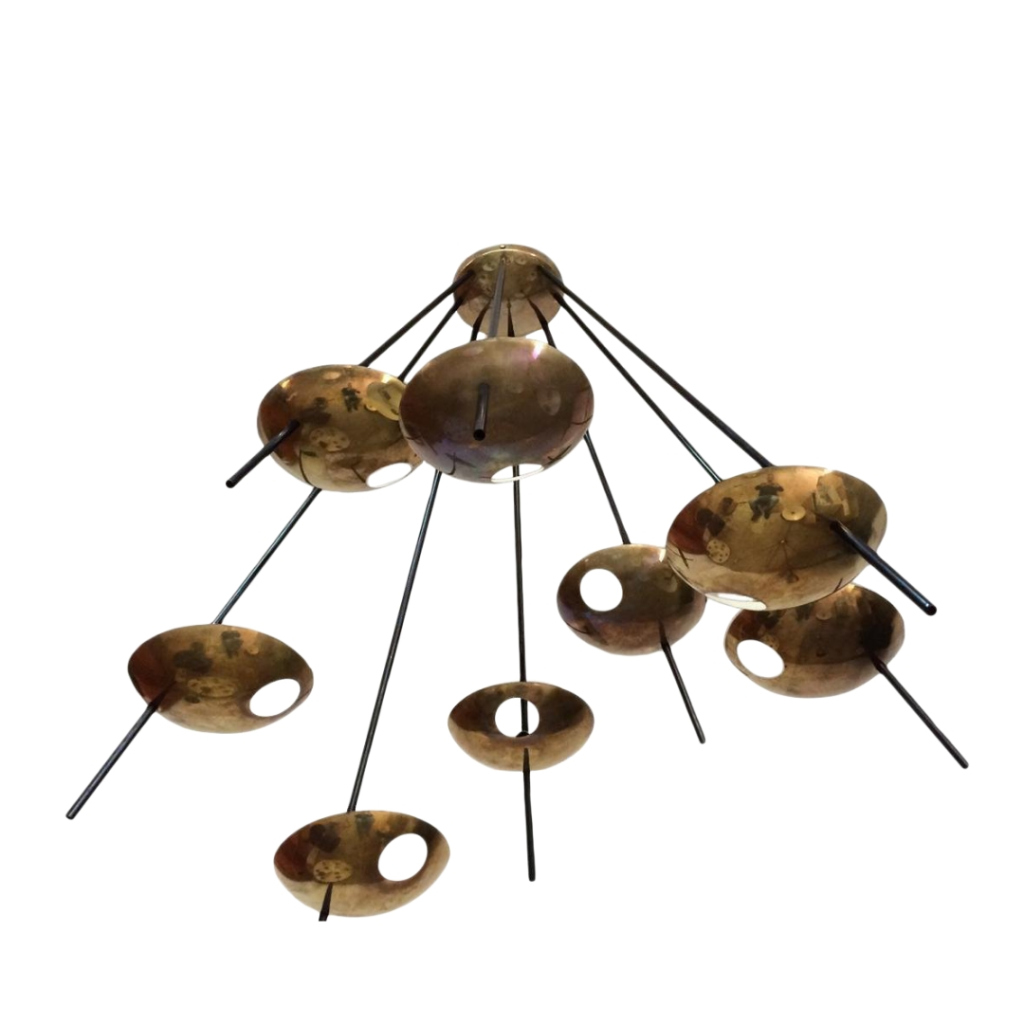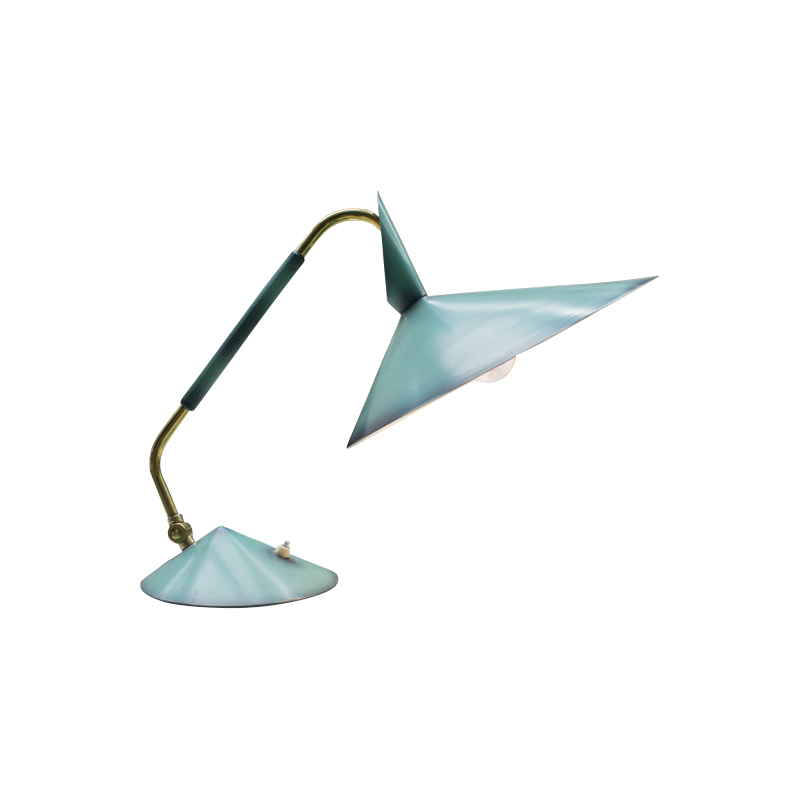The Koa is from a somewhat larger, broken, and very rustic coffee table/ bench with wave cut edges and a large radius irregular round over, and a spar varnish finish.. I should have taken a photo...
Effectively I cut new shapes out four pre-cut pieces of lumber. My design choices, especially with the legs, were somewhat limited by not starting from virgin lumber. But Koa is extremely scarce. And I am far from the source.
Sometimes I think it is easier to create with a severely constrained options.
Really nice table, Varsity, and I love Leif's giant frames. Is that koa, too ?
Here are redwood planters I made this fall for my café client. Did I show these already ? Vertical boards are captured between two frames, the whole thing kept together by long bolts at the corners. The base is a separate piece, the lapped corner pinned with an ipe peg which doubles as a foot.


Those are very nice planters SDR! I like the base a lot.
Wood is not the primary heat source. I have two separate central gas furnaces, and the fireplace. I grew up with a fireplace as the primary heat, and I've always loved the ambience and smell of a fireplace. Especially the juniper and piñon we have around here.
The wood boxes fit just under half a cord, which is about what we burn in a winter.
The wood is commonly known as Timbauba (Enterolobium schomburgkii). It is a legume, so similar to Koa in appearance. They are re-purposed floor boards. Took the tongues and grooves and factory finish off. The wood is extremely hard. (Janka hardness of 2300 or so. Rio rosewood is 2600, oak is 1000). And some of the boards are significantly harder. With lots of interlocked grain. Not fun to work with, especially these particular boards. Anyway, I was given it, because it was purchased as culled boards from a flooring place. And it was running at 40% waste to install a floor. It is really gorgeous wood, though. The higher grade stuff has much less interesting grain. This is all the curly poorly behaved character wood.
I just designed, made and installed a "window bar," a table-height counter facing the intersection of Dolores and 18th here in San Francisco, at the Dolores Park Café. My client had me disassemble a striated-bamboo-plywood table at the center of the room, surrounding a column, and use the material (with an added 6 feet of additional stock) to make this new piece. I also re-used a pair of cross-shaped 1 1/4" painted plywood legs from the old table, at client's request, to support the outer ends of the L-shaped counter. The free-standing column at center, part of a seismic moment frame added to the building at some point, serves nicely as the primary locator and support; the counter also makes use of the window sills as support and anchor.
The bamboo product is a 3/4" "lumber-core" panel, available at 4 x 6 feet. The window bar, like the table which preceded it, is made of this material with a second layer slabbed onto the edge, to make a 1 1/2" thick rim. This construct is finished with three coats of polyurethane varnish, sanded after each coat with 220 grit on a random-orbital disc sander. The black parts -- common fir 2x3 and maple 1x6 stock -- are finished with a latex floor enamel; the legs, with existing angle brackets, retain their original black finish. They stand on new 3/8" stainless steel lag-bolt feet.
The first photos show the design mock-up erected in the space. The client's cast-aluminum stools are from India . . .


If you need any help, please contact us at – info@designaddict.com











